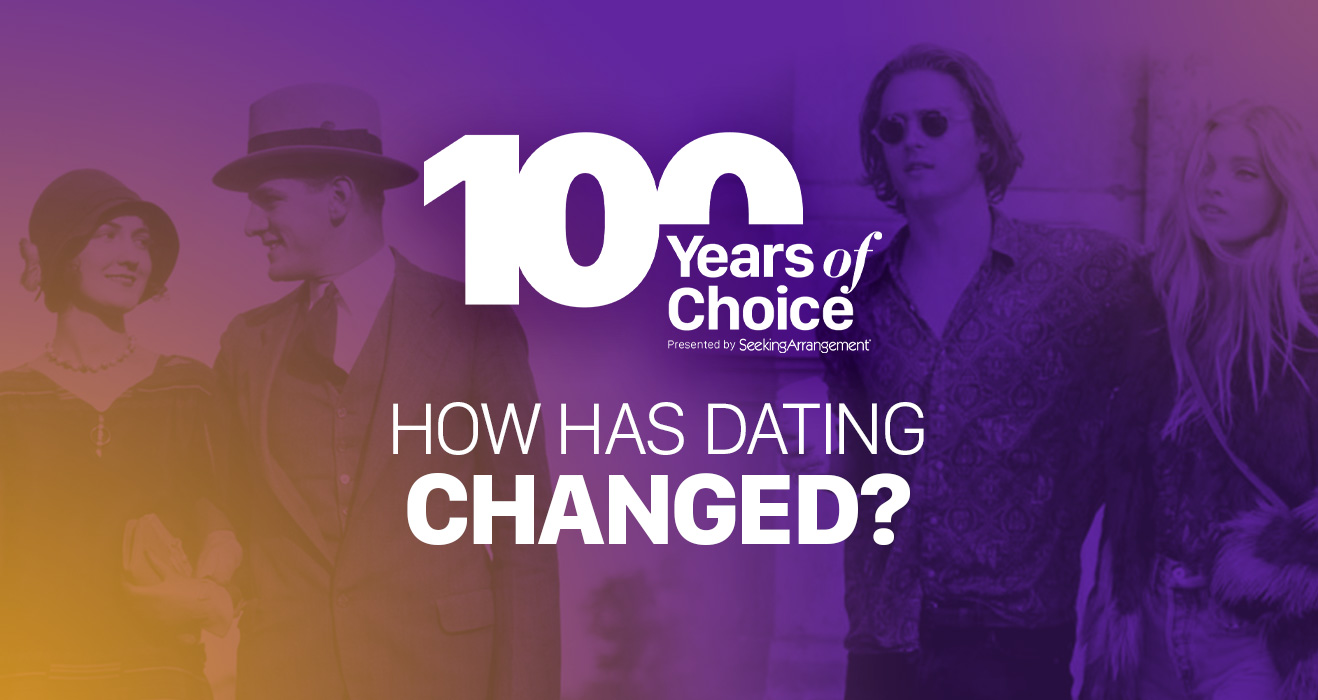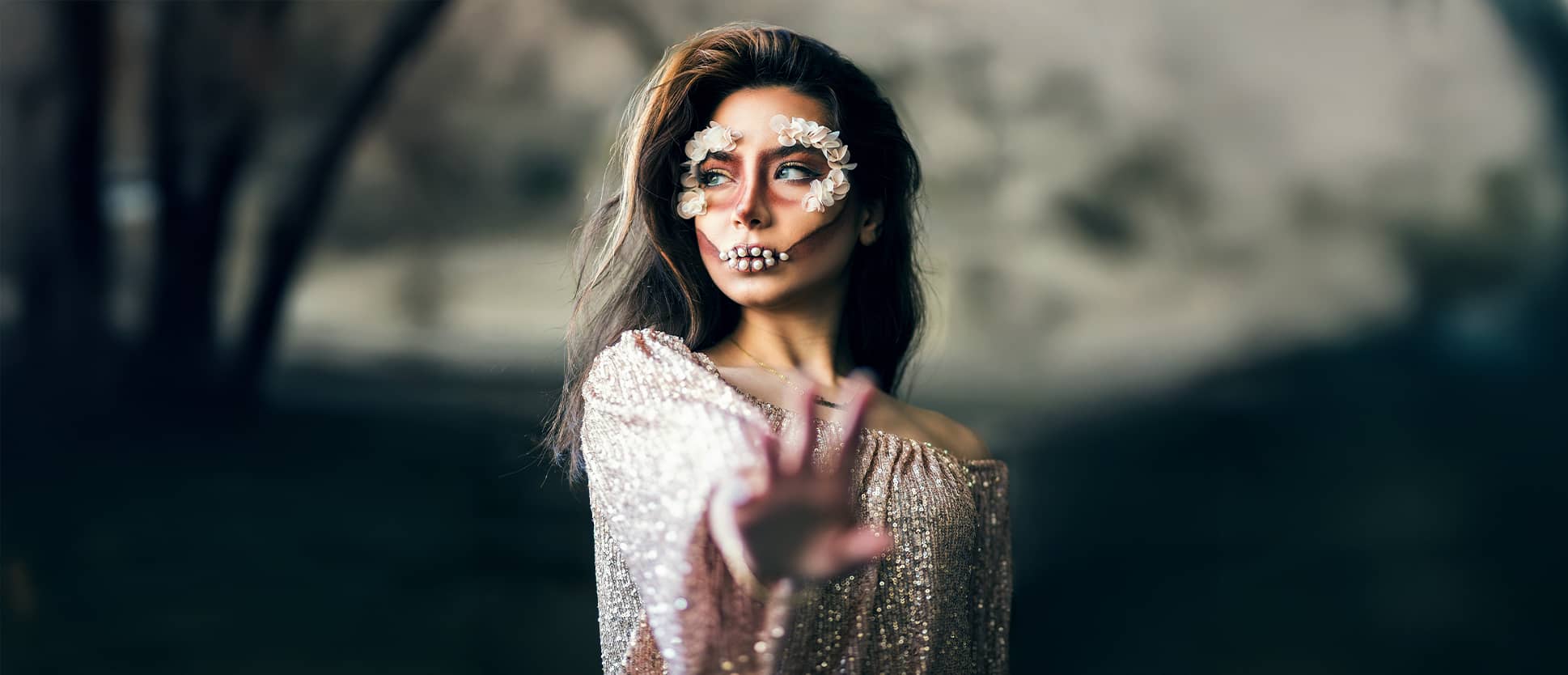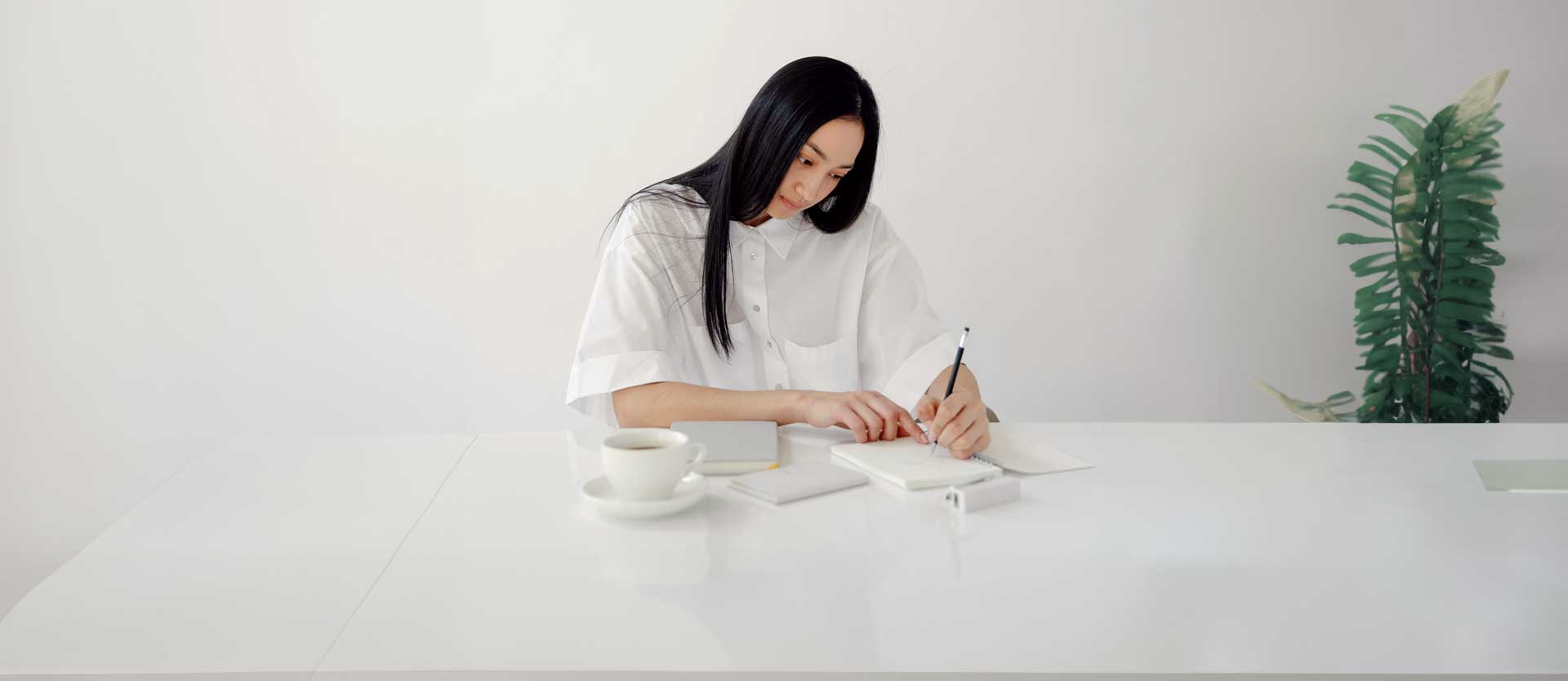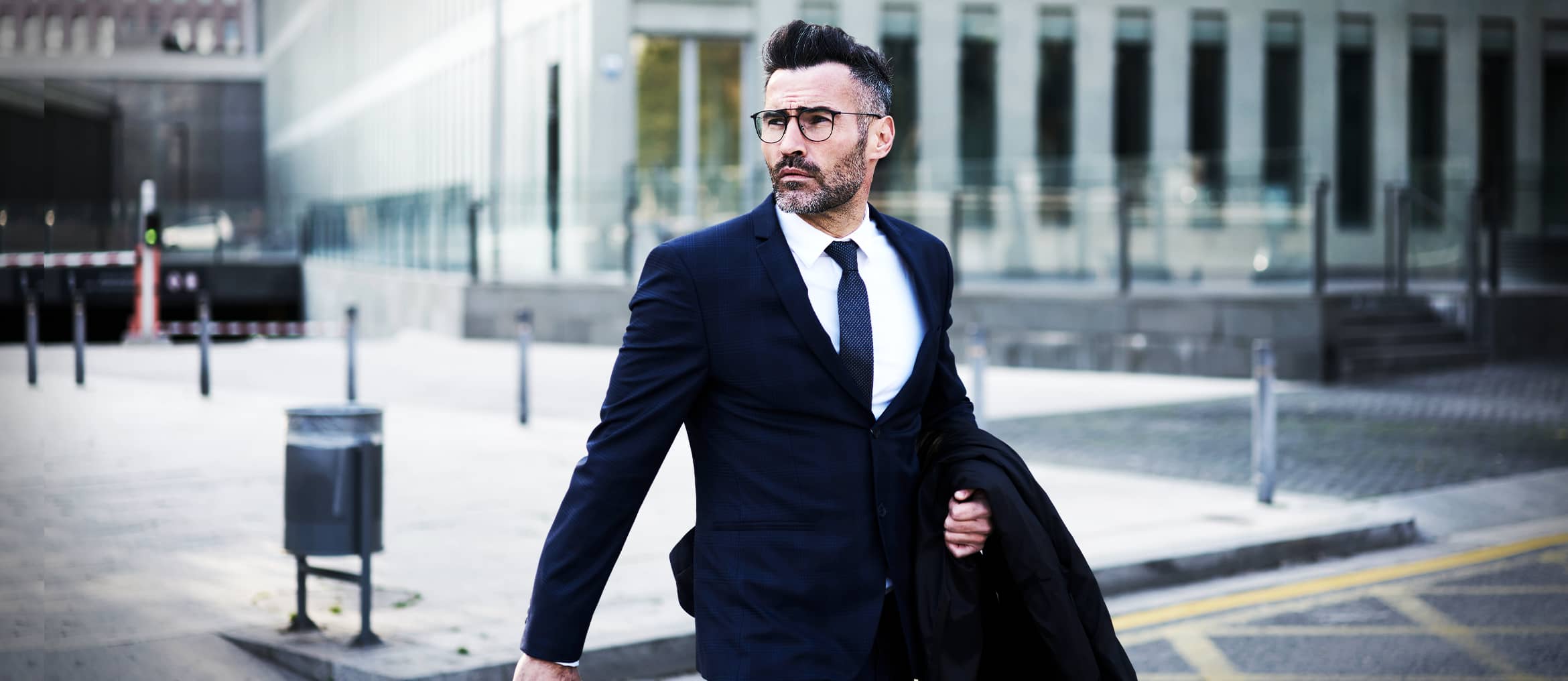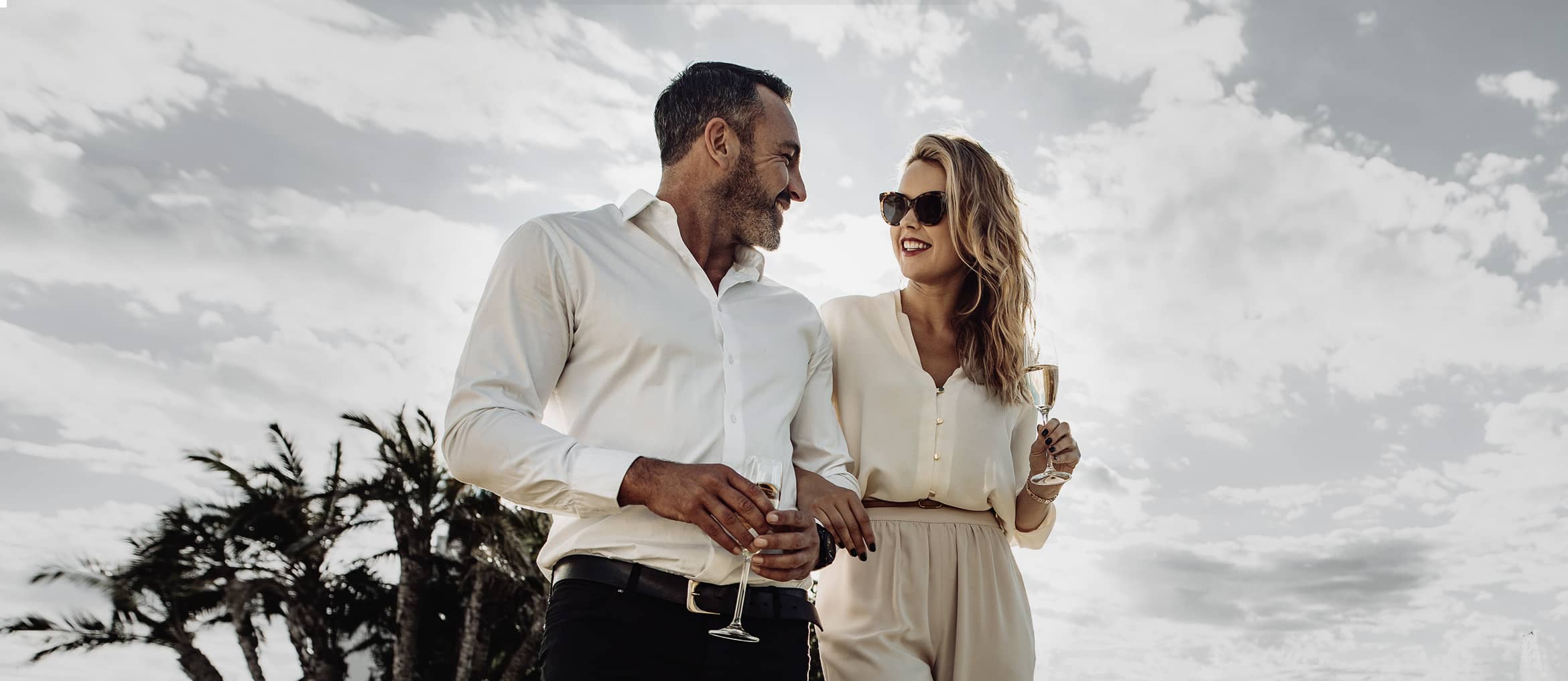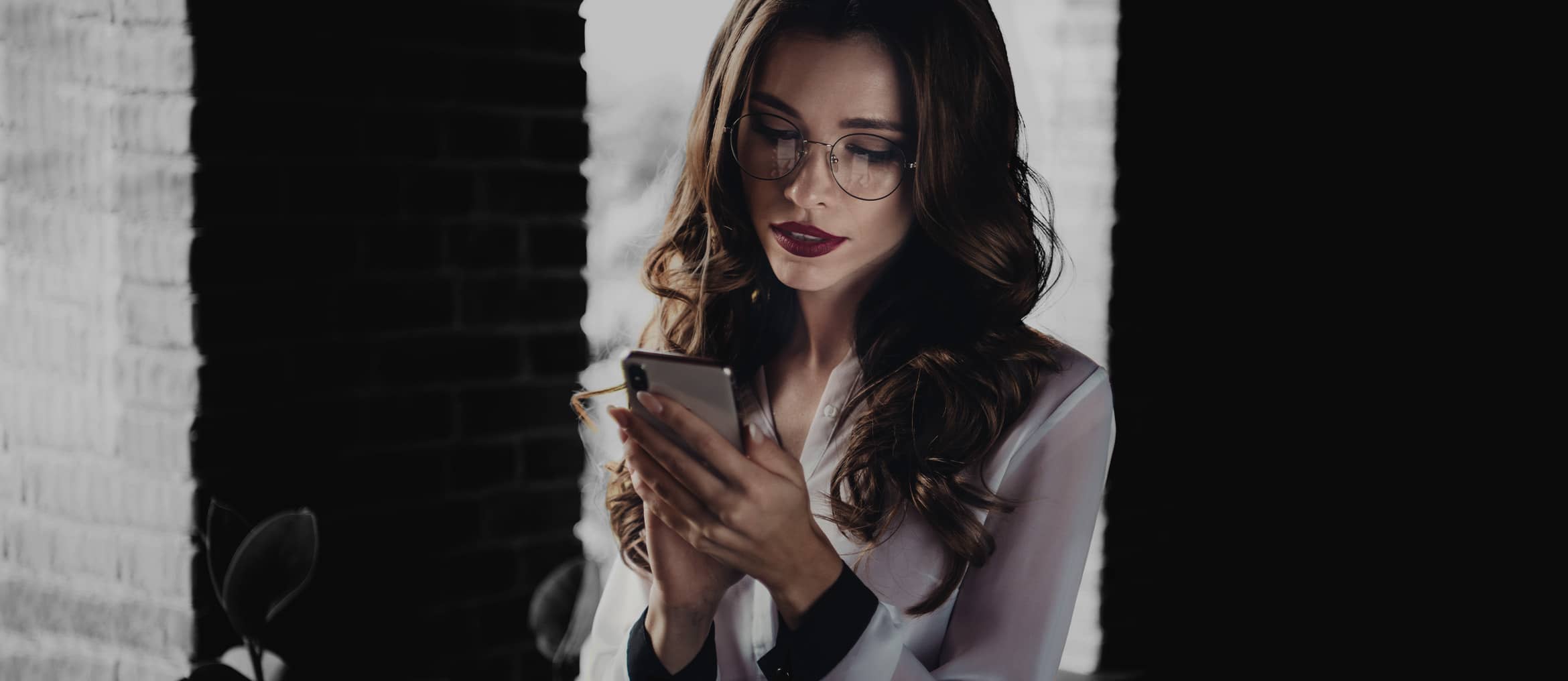Women have made significant strides in gaining equality across the board and control of their lives since winning the right to vote in 1920. Over the past century, we have seen women advance in industry, diversify our government and military, slowly crack the glass ceiling to join men in the C-suites of major companies and corporations, and gain additional freedoms by popular votes and Supreme Court decisions.
Much of this progress was sparked by the suffragette movement, as many suffragists went on to further women’s equality by continuing to advocate for equality in other areas—not to mention the fact that earning the right to vote made women equal at the ballot box, which had an affect on social ideas as a whole.
And probably the most important area in which women have gained more ground is dating. Both in this blog and the video below, we take a look at how dating has progressed from the strict social rules, conventions and traditions of the early 1900s to the liberated and empowered approach to dating that men and women enjoy today.
Attitudes toward the institution of dating have dramatically evolved since the 1920s—women today are empowered to date how they see fit and don’t have to mind outdated social cues or conventions that often gave men the upper hand.
Women don’t have to enlist a chaperone to accompany them on their dates anymore (yes, that really was a thing!). Waiting for a man to make the first move has also become antiquated, as it’s no longer taboo for a woman to ask a man out—or even propose! What about dating three men in the same week? That’s totally normal now, as minding what the neighbors are thinking has also become passé.
But it’s taken quite some time to get where we are today. Quaint ideas surrounding dating slowly started to erode around 100 years ago.
Read on to discover more about how our society has arrived at this moment of equal, empowered dating.
Dating in the 1920s
The old ideas surrounding dating that had prevailed since the turn of the century were almost nonexistent by 1920. Women no longer had “gentlemen callers” knocking on their doors, hoping to sit on the front porch—under the watchful eye of the woman’s relatives—and converse. The new concept of “dating”—going to venues outside the woman’s home—replaced this system of “calling.”
When we think about the third decade of the twentieth century, our minds immediately resort to “The Roaring Twenties.” We picture women in flapper dresses drinking Sidecars at a speakeasy, flirting with men in fedoras. We picture lavish parties like those we read about (or watched) in The Great Gatsby. These new forms of entertainment were heavily tied to dating, as women were leaving their homes with their dates to enjoy a night out on the town.
This new concept of dating held positive and negative changes for women—while they gained the freedom to date without supervision, going on dates gave men the advantage of naming the terms of the dates. And one aspect of courtship still remained: The end goal was still marriage. While many women today choose to date to find a fella to “put a ring on it,” they don’t have to—dating today can be casual and simply for fun.
But while many women of the 1920s were still hoping to walk down the aisle, the new concept of “dating” did allow relationships to become less restricted, more casual and certainly more personal. Traditions were eroding and social thought surrounding dating was becoming more progressive as dating became less structured.
Dating in the 1930s
Going out on dates continued to be the norm throughout the 1930s. This is due in part to the fact that the automobile era had arrived and cars had become commonplace. Daters thus had a vehicle to take them where they pleased to go on their unchaperoned dates.
Popular destinations for dates in the 1930s were restaurants, movie theaters, ice cream parlors and community-organized dances. And after the first drive-in movie theater opened in 1933, those also became a popular place to take a date—once again, because cars had become ubiquitous across the country.
One characteristic of dating at this time was the idea of popularity. While a man’s popularity was measured by wealth and material objects, women’s popularity was defined by how many men wanted to date them. When a woman was seen in public on the arm of a desirable man, it boosted her popularity in society and even increased the amount of dates she was asked to go on. It was not uncommon for women to have more than one date in a single day.
Dating in the 1940s
Dating in the 1940s became somewhat, well, difficult. World War II had taken many men away from their homes to fight for their country, and the pickings became quite slim. Because a large majority of eligible bachelors were drafted into the military, dating became quite competitive for women—and the end goal of marriage was certainly the prize.
Securing a spouse—either before or after they were sent to the front lines in Europe or the Pacific—was the main focus for many women. These soaring marriage rates led to the birth of a lot of babies, which is why the generation born in those years was dubbed the Baby Boomer Generation.
Dating in the 1950s
Sock hops, poodle skirts and “going steady”—sometimes Hollywood can accurately depict a decade! And the idyllic portrait many films paint of the 1950s is rooted in both stereotypes and hard truths.
After so many decades of dating being defined by the end goal of marriage, there was a shift in the 1950s to a more casual form of courtship: “going steady.” This term simply meant that a couple was committed to only dating each other (being “exclusive” as we now often say), without really defining long-term or future goals of their relationship.
And just like in the movies, this form of dating often included some kind of gift given to the woman that publicized her relationship status. Men would often give their girlfriends their high school letterman’s jackets, school rings or another piece of clothing or accessories for them to wear, letting everyone know that they were taken.
“Going steady” was more of a statement for one’s peers, as dating was continually becoming a more personal aspect of one’s lives that was not dictated or defined by their family. This sort of independence also led to changing thoughts on sex and sexuality—young people began to explore more intimate unions around this time, as “necking” and “petting” were openly discussed. How scandalous, right?!
Dating in the 1960s & 1970s
And as ideas toward sex and sexuality were progressing in a liberal direction, it’s no surprise that what followed was the era of “free love” and a widespread acceptance of sexual liberation.
The first form of oral birth control (“the pill”) was approved by the Food & Drug Administration in 1960, as sex before marriage was no longer taboo and women were freely exploring their sexuality. A woman no longer needed to think of long-term commitments like marriage and children if she wanted to be intimate with her partner—and throughout the 1960s and 1970s such ideas became more and more widely accepted.
Some might go so far to say that the rule book for dating had been tossed out the window at this point, as young people were dating how they wanted and being intimate without commitment—two ideas that were unthinkable just a decade or two ago.
Dating in the 1980s
The idea of “free love” soon led to what has been coined as “hookup culture,” which first became popular in the 1980s. Not only were people dating how they wanted, they also were having relations how they wanted. Commitments were no longer necessary and “one-night stands” became commonplace. Not only was casual sex no longer taboo, for many sex became a deciding factor in whether or not one wanted to continue dating someone.
Conversations about sex and sexuality were forever changed in the 1980s, though, as the AIDS epidemic emerged in the United States. Casual relations were not as freely spoken of, as the social climate had changed. It wasn’t until years later that the fear this epidemic had caused started to subside, as medications and treatments for the virus had been developed.
Dating in the 1990s
The defining characteristic of dating in the ’90s would have to be the creation of online dating. More and more people were getting internet connections in their homes, and they weren’t only checking their America Online email inbox and chatting with friends on AOL Instant Messenger!
The first dating website launched in 1994 and was not-so-subtly titled Kiss.com. Match.com followed in 1995 and by 1996, the Yahoo directory had 16 online dating websites listed. People were finding love, romance and casual flings behind their computer screens—and this new form of dating was soon legitimized in mainstream media. We’re looking at you, Tom Hanks and Meg Ryan! The hit 1998 movie You’ve Got Mail introduced a number of people to online romance, which hadn’t really been explored on the big (or little) screen until then.
Dating in the 2000s
Not much changed about dating after we found out Y2K wasn’t a real problem to be worried about. People continued to use technology to find dates, as dating websites exploded and became extremely demographic-specific.
You could join a dating website solely for Christians or farmers. Ethnicity-centric dating websites were launched. The LGBTQ+ community soon had their own set of sites. Platforms that only allowed daters verified as “hot” even became a thing. Whatever your specific niche was, there was a dating site for it.
One thing that changed late in the decade was what device you could find a date on, as the arrival of the smartphone allowed people to download applications to search for singles near them. And just as the websites became super specific, the number and variance of dating apps also exploded.
Dating in the 2010s & Now
While many people continued to find their partners the traditional way—be it through a friend, at work, or a set-up from your nagging aunt—online dating gained more and more popularity throughout the 2010s to the present day.
Today, one in three Americans say they have used a dating website or application, and the number gets even higher when you look at the younger generation. In the busy world we live in, dating online is just more convenient and effective than going the traditional route.
And dating sites continue to enhance their features to make dating even easier. One new feature that has changed the dating game yet again is video chat, as a number of dating sites—including Seeking —have added it to their offerings in the past couple of years. Not only can you find someone on a dating site or app, you can even “go on” dates with them virtually with this feature!
Dating has certainly come a long way since the days of courtship and chaperones. We now live in an era where men and women can make their own choices about who and how they date. The playing field has never been so level—and that equality is something to celebrate!
And at Seeking, men and women can find the exact relationship that they want even faster. With open and honest communication to define relationship expectations, Seeking members can cut through the clutter to enjoy a truly empowered dating life.
Enjoying all the dating stories, advice and tips, and curious about Seeking? Create a FREE profile today and start experiencing the advantages of empowered dating and mutually beneficial relationships!
